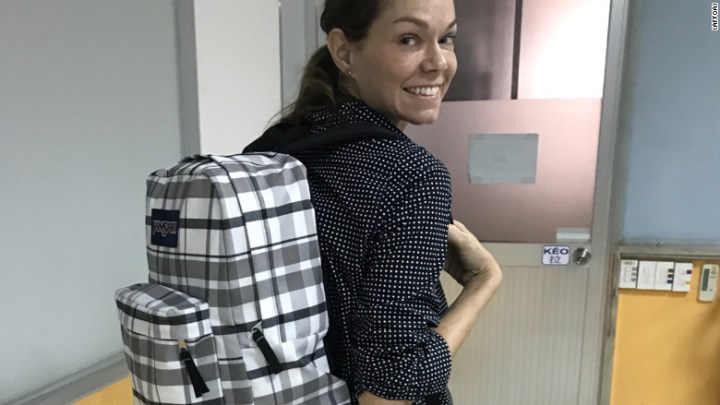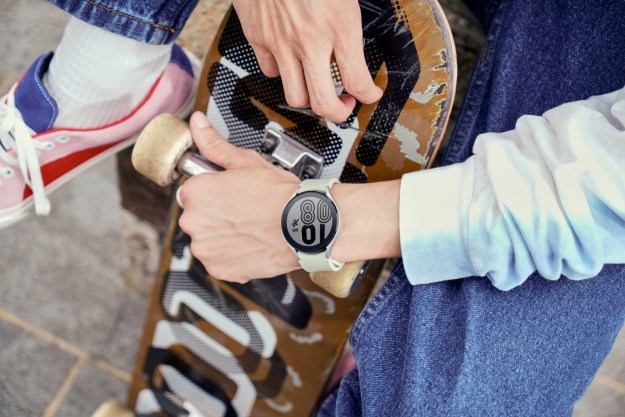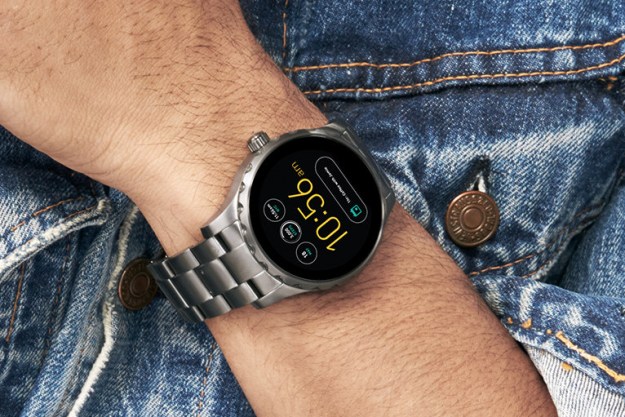
The company has recently developed a backpack that acts as a kind of QR code so the wearer can share stuff like their favorite music video or an Instagram profile or website.
The backpack — part of a project aimed at repurposing fabrics as programmable devices — is currently a prototype and could be a new way for people to share interests instead of adorning their bags with stickers and patches, CNN reports.
Steve Munn, president of JanSport Americas, said that while a backpack is primarily “a place to put something to eat, something to drink and something to wear … now it becomes potentially an avenue for social interaction.”
JanSport partnered with Massachusetts Institute of Technology professor Yoel Fink, CEO of Advanced Functional Fabrics of America, to create the special QR-code backpack.
Three hundred of the bags have been produced, each with their own unique design. At the current time, the technology requires a special app to read the bag’s unique “code,” making it rather less useful than typical QR-code technology that works with a slew of existing reader apps.
But it works in a similar way. In other words, if you point your smartphone camera at the bag and take a picture, the app reads the unique code and takes you to online content to which the bag’s owner has already linked.
Munn told CNN that many companies ask him about the possibly of incorporating “complex gimmicks” into bags, but this particular design appealed to him because there’s no physical technology involved, although it still links users directly and quickly to the digital world.

While JanSport’s experimental bag may appeal to some, the likelihood is that most people who see it won’t even know it features a connection to the digital world, causing many to ignore it. In that case, the user’s efforts to share online content will prove largely ineffective. With that in mind, a QR-code sticker or patch attached to the bag is likely to prove far more useful.
JanSport’s bag is, however, another indication of how smart fabrics and clothing are gaining traction, with many viewing the technology as the future of wearables.
The company is yet to decide whether to put the backpack on the market, though if it does it won’t be until the end of 2018 at the earliest.


